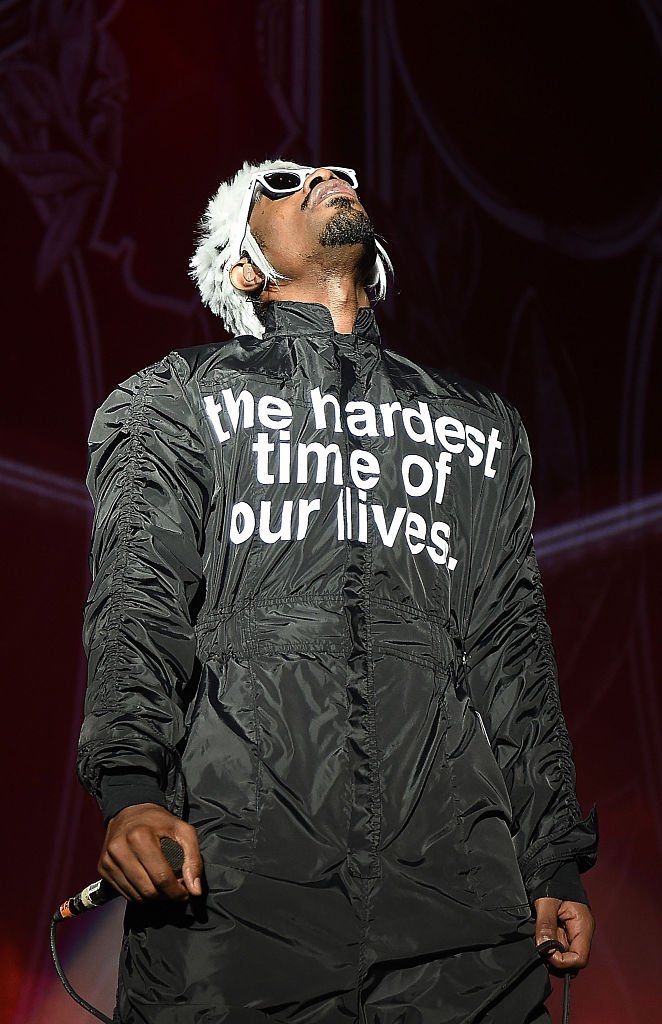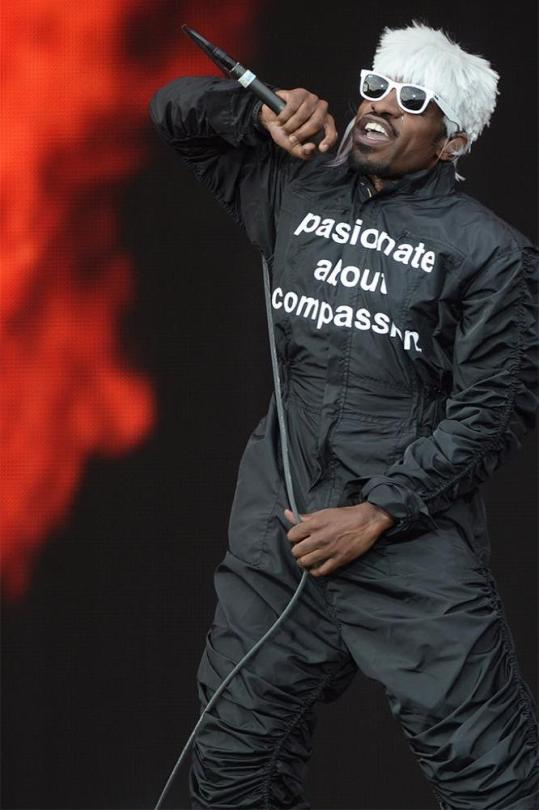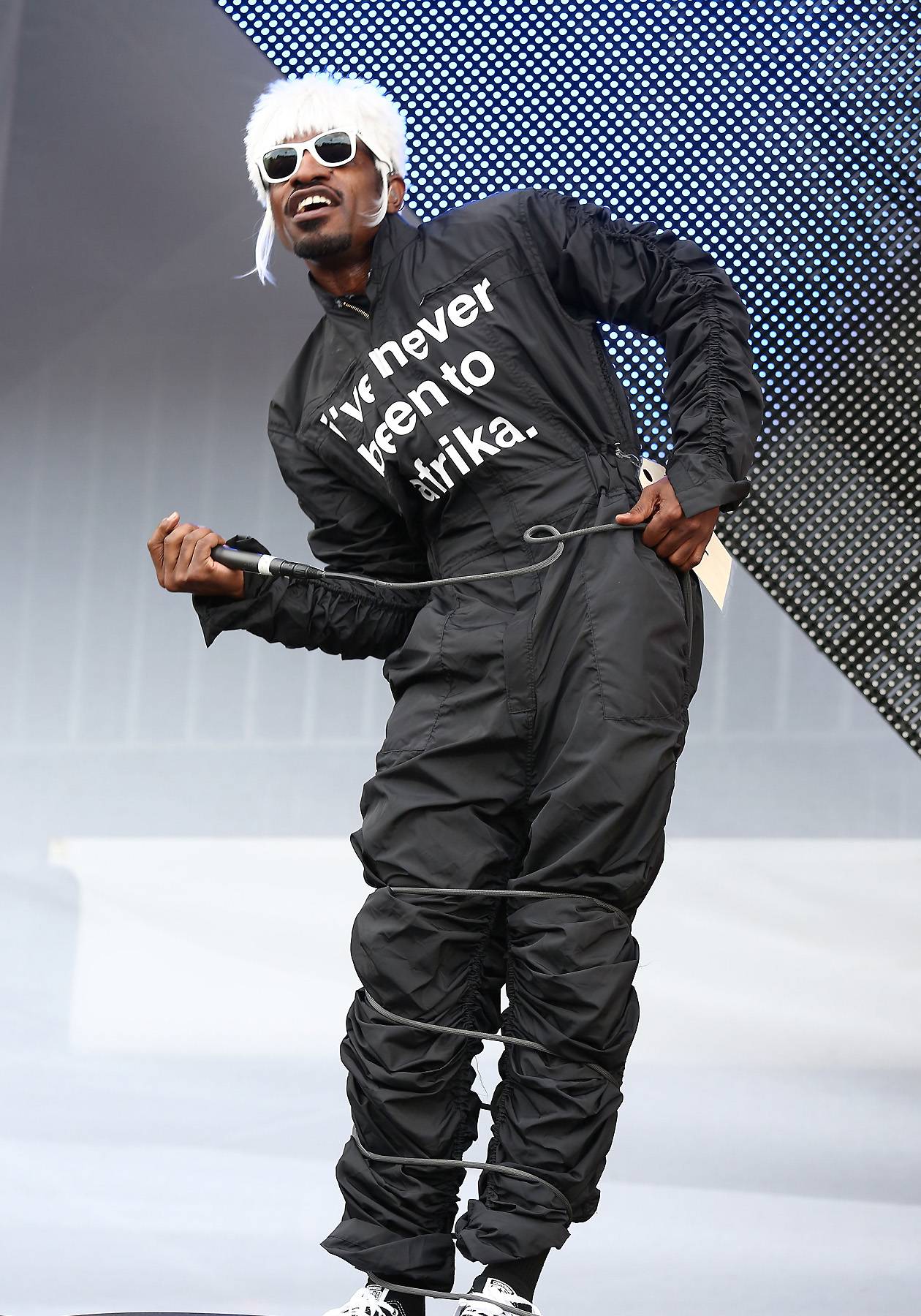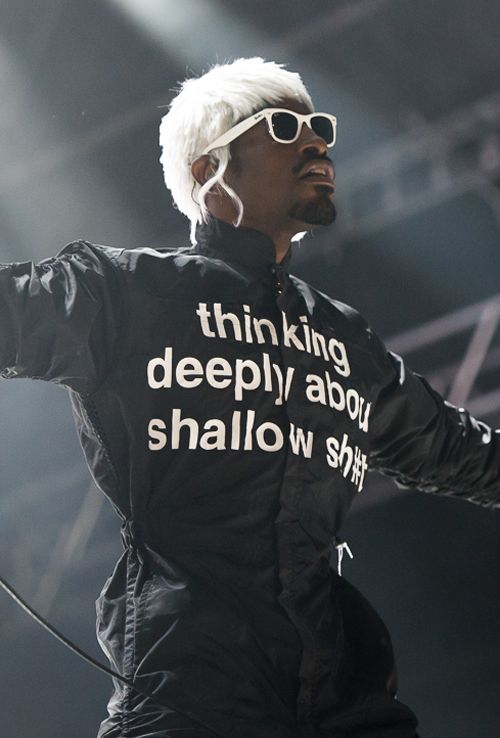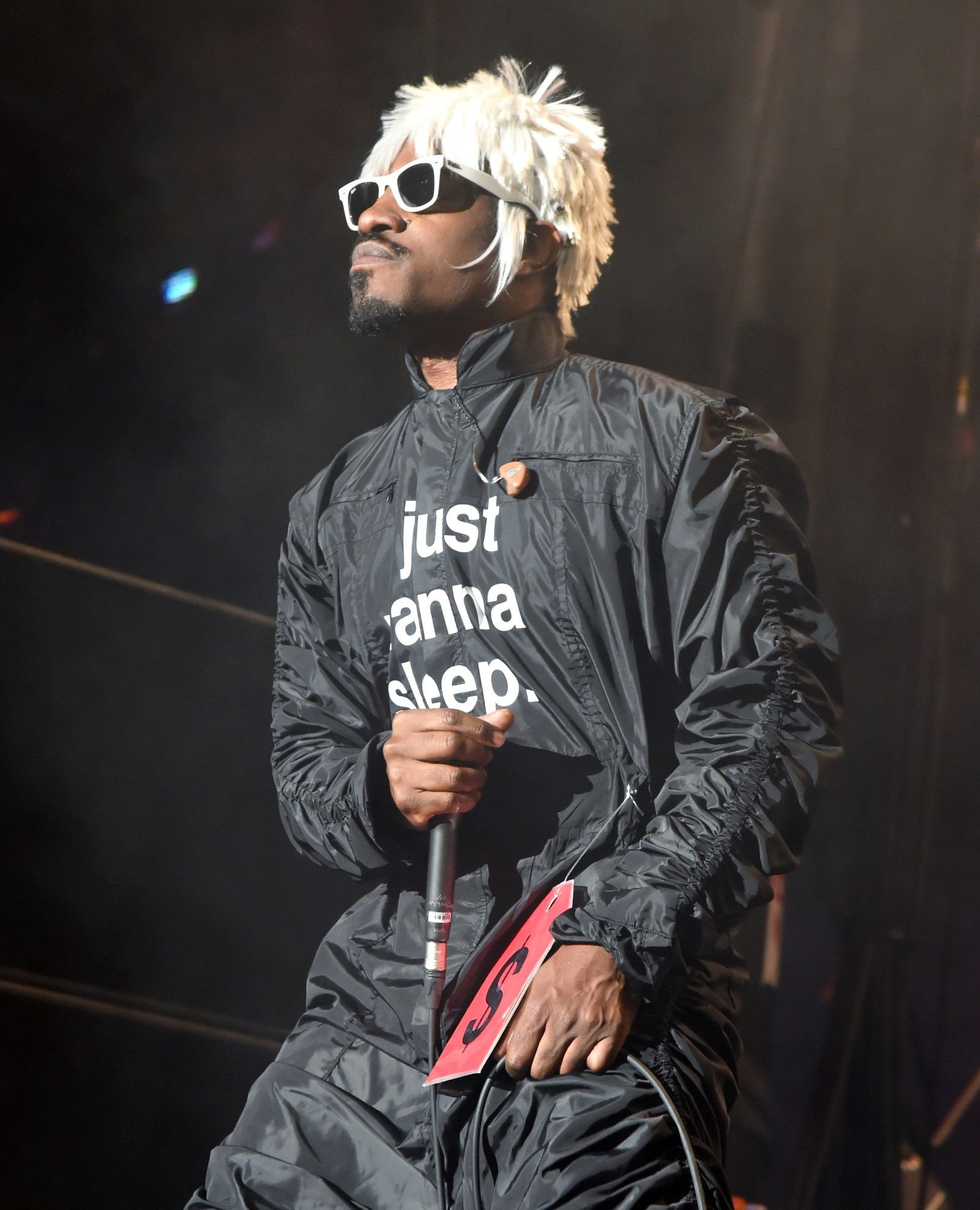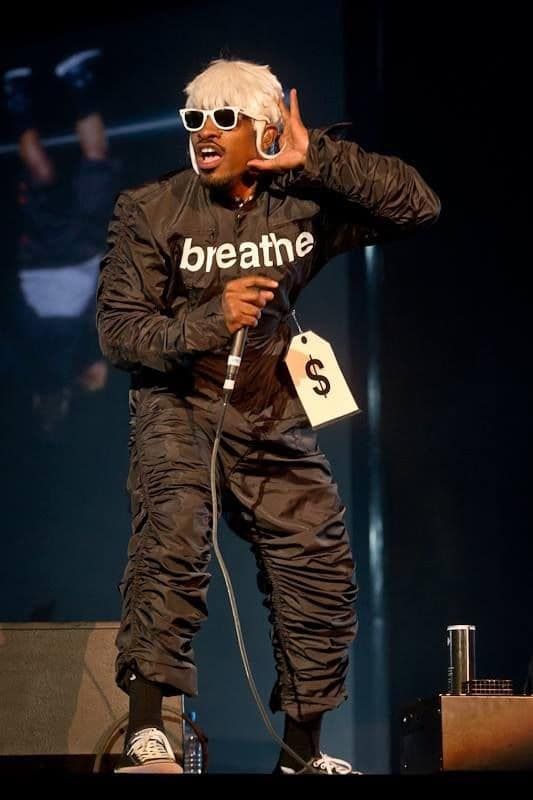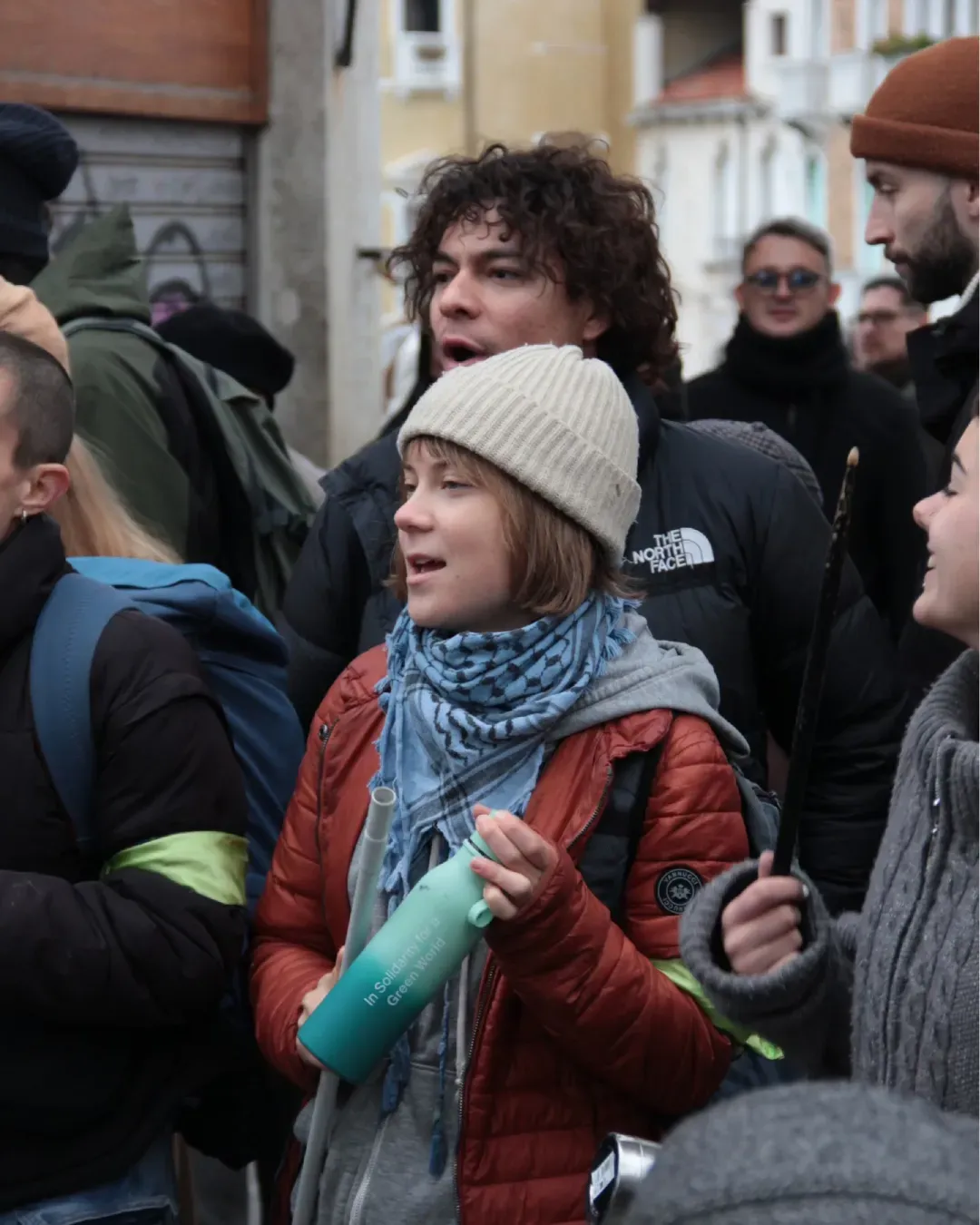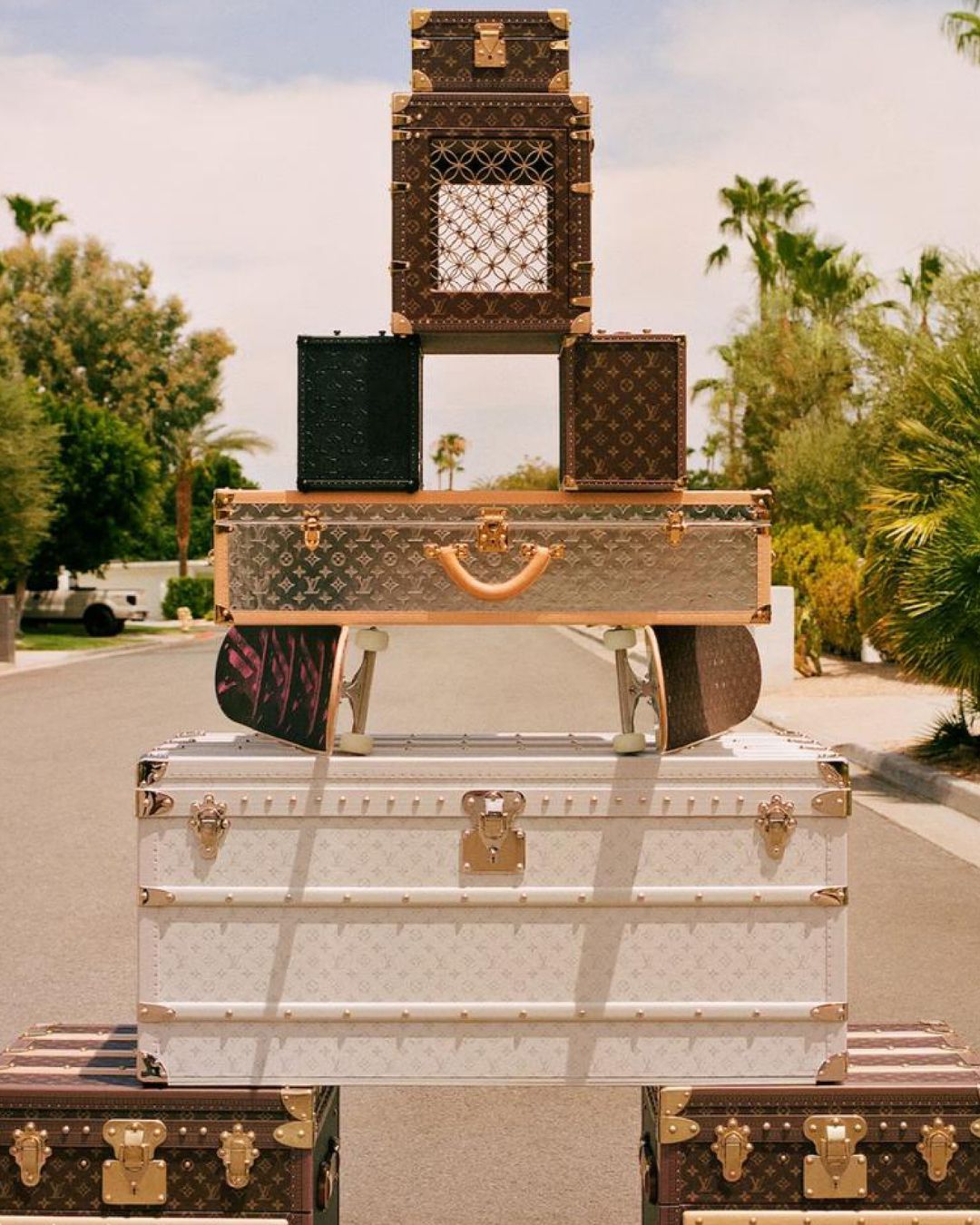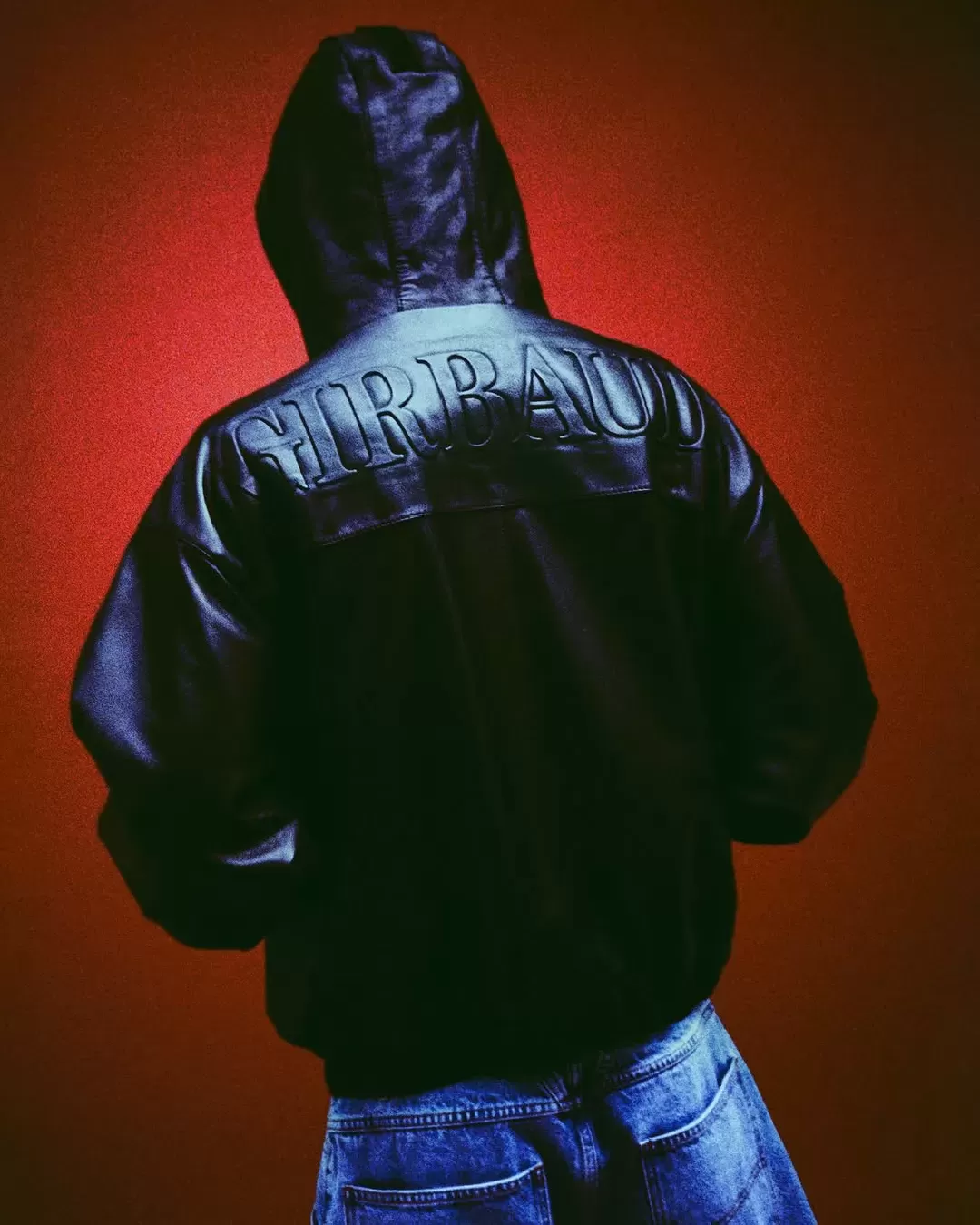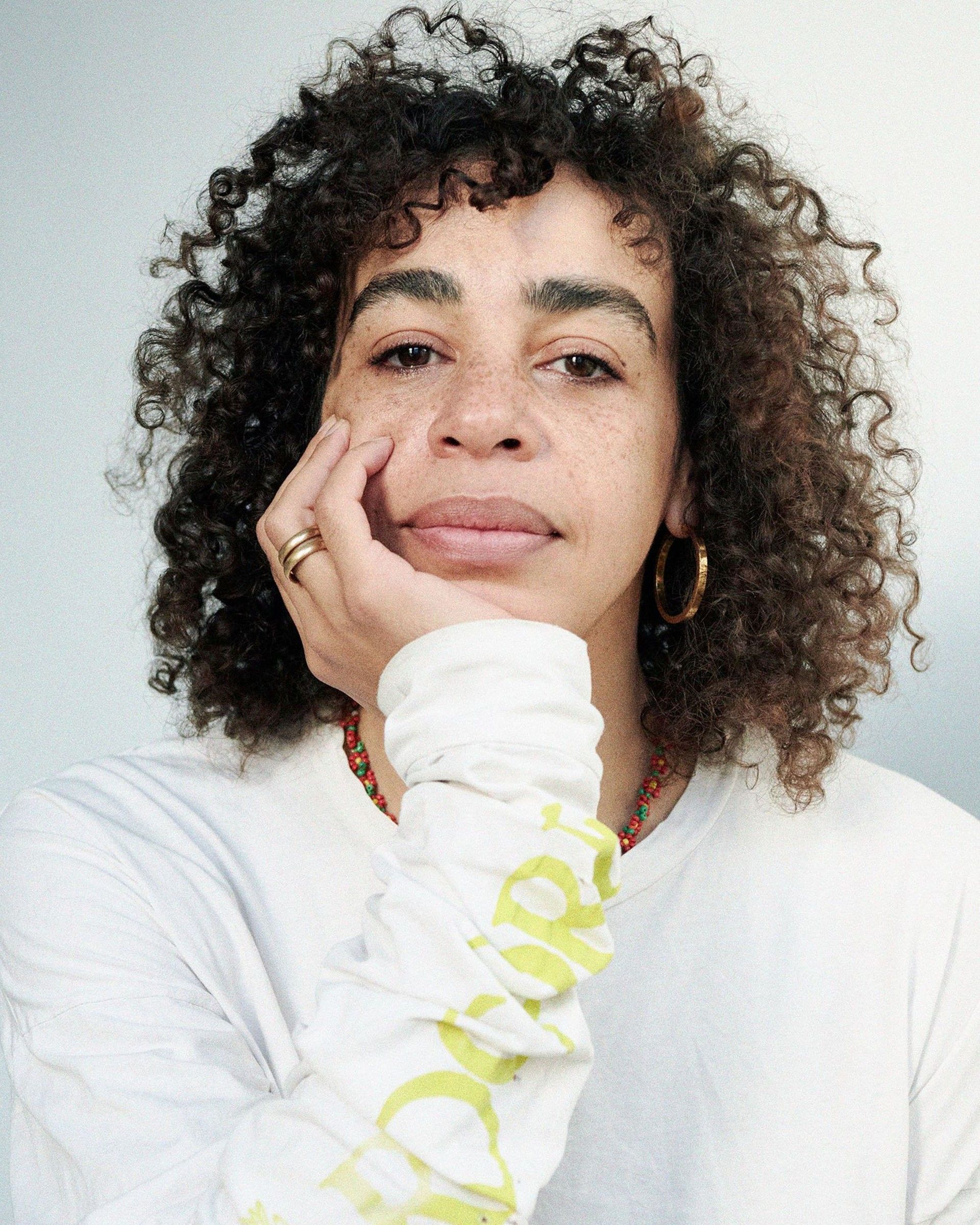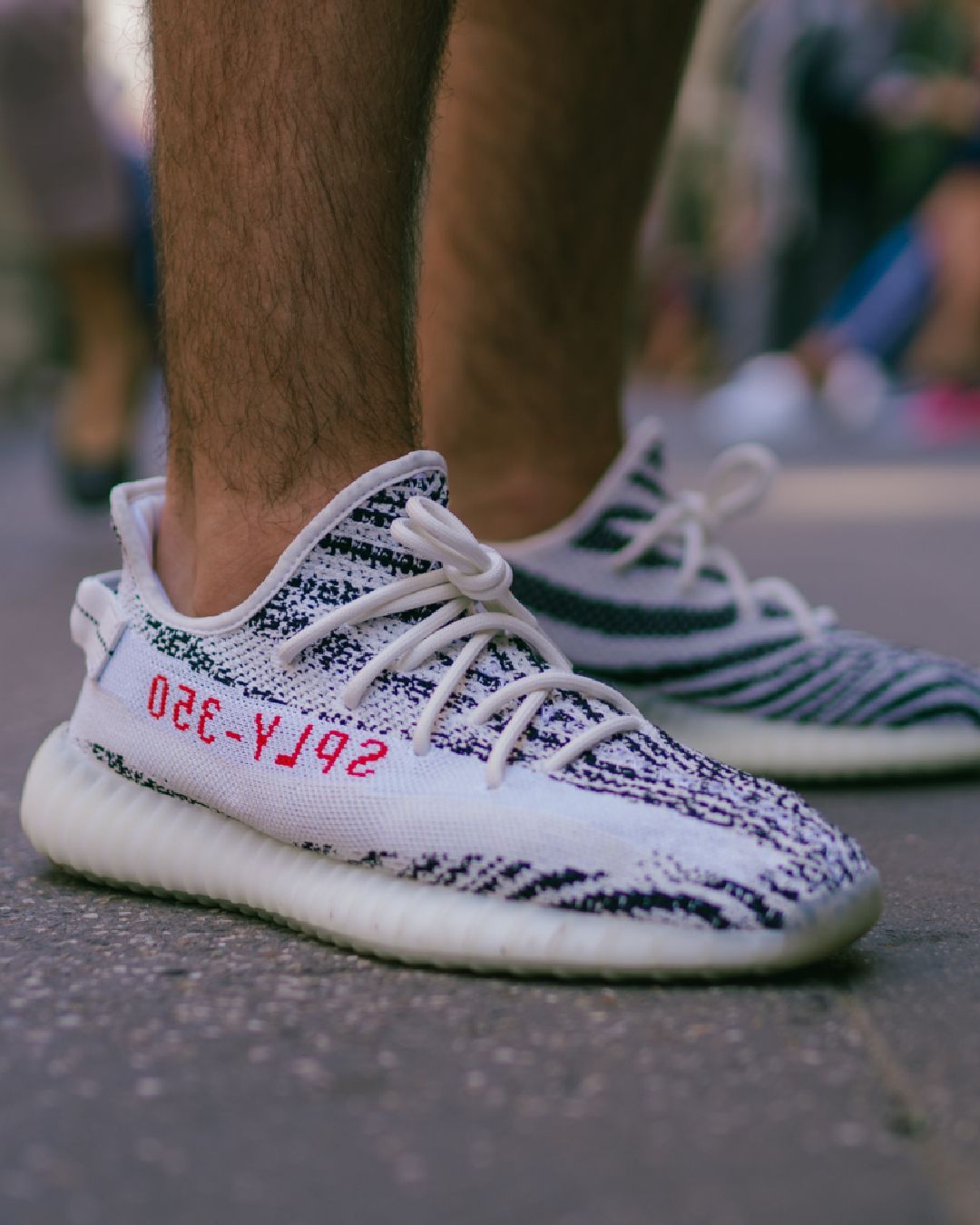
How Andre 3000 anticipated today's activist fashion by years It all began with Outkast's reunion in 2014
Andre 3000 is a legend for the Millennial generation. Both his solo work and his work as part of the duo Outkast (the song Hey Ya! remains legendary) have positioned him in the permanent memory of the hip-hop world, and, not surprisingly, it was precisely André 3000 who was chosen by Tremaine Emory as the main face of Supreme's new lookbook, reopening the history of collaborations that links the New York-based brand to American pop culture. Staying in the fashion realm, the artist recently announced that «for 3 days, a selection of shirts inspired by a collection of my jumpsuits will be sold and 100% of net proceeds will be donated to Movement for Black Lives to aid in their fight to end police brutality and racial injustice ». The jumpsuits Andre 3000 is referring to are the ones he wore during Outkast's 2014 reunion tour, all made of black nylon and decorated with white lettering that bore phrases like “across cultures, darker people suffer most. why?” or “god. or god?”. There was a different jumpsuit for each night of the tour, 47 in all, which taken together are considered to this day not only as some of the most important political statements in contemporary hip-hop but also as the modern forerunners of activist fashion in our time - think, for example, of Dior's famous "We should all be feminists" t-shirt, to the one that says "I support young Black businesses" created by Virgil Abloh for Off-White™ in 2020 or the one popularized by Frank Ocean with the words "Why be racist, sexist, homophobic, or transphobic when you could just be quiet? "
The 47 suits had a huge impact, much bigger than the tour itself, so much so that they were displayed that same year at Miami Art Basel in an exhibition organized by the Savannah College of Art and Design. Speaking with Nicolas Jaar that same year in an interview published in the pages of The Fader, Andre 3000 had explained:
«Honestly, just, you know – I didn’t wanna do the tour. We hadn’t performed in 10 years. It was old songs. I’m like, ‘How am I gonna present these songs? I don’t have nothing new to say.’ So I was like, maybe I can start saying new stuff while doing these old songs. It became a theme where I was more excited about this than the actual show. This is fun, running out in these».
If those jumpsuit statements resonated at all, it was because the artist wore one that read "can one rest in peace & violence?" during a stop at LouFest in Missouri that year, shortly after the first wave of protests in the city of Ferguson that followed the murder of Michael Brown at the hands of police officer Darren Wilson. The choice was clearly intentional, as the artist had said two years ago in Jonah Weiner's Blackbird Spyplane newsletter: «I was responding to Ferguson in real time. So it was fun and serious and sad and everything. But they still make sense now—they ring even truer». The second life of those slogans and suits extended well beyond the concerts and Miami Art Basel, circulating on the Internet and in fact anticipating by a few years the massive political use of punchy and memorable slogans that would fuel the spread of activism on social media and elsewhere in the years that followed. And while political slogans are not new in and of themselves, it remains true that their use in the post-BLM wave of political activism has given a decided direction to their use - relating them to that of memes and tweets and fueling Millennial and Gen Z taste for the use of hyper-synthesized, hyper-significant phrases that can be easily re-shared through digital media. Today those slogans sound much more than relevant: they are visionary.










































